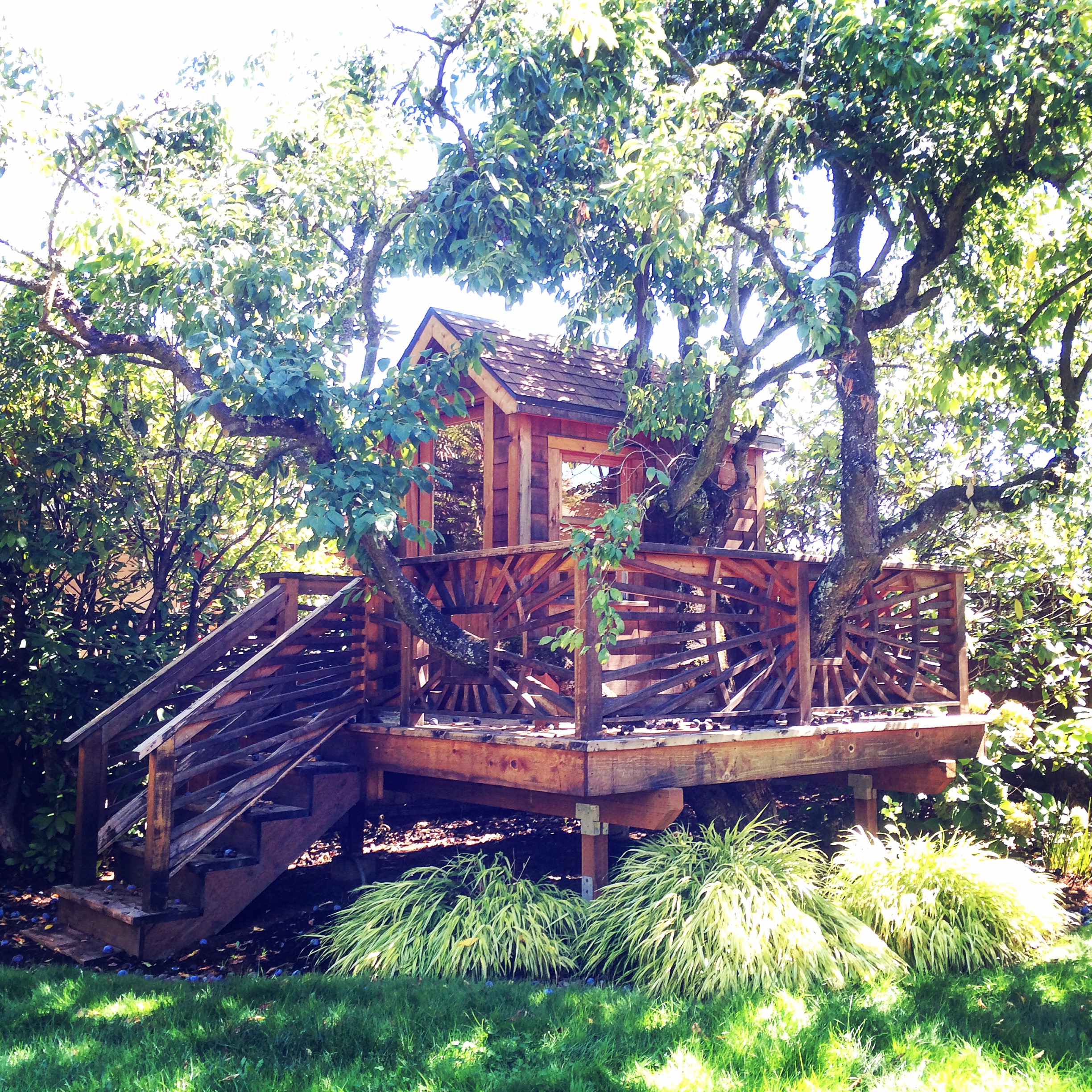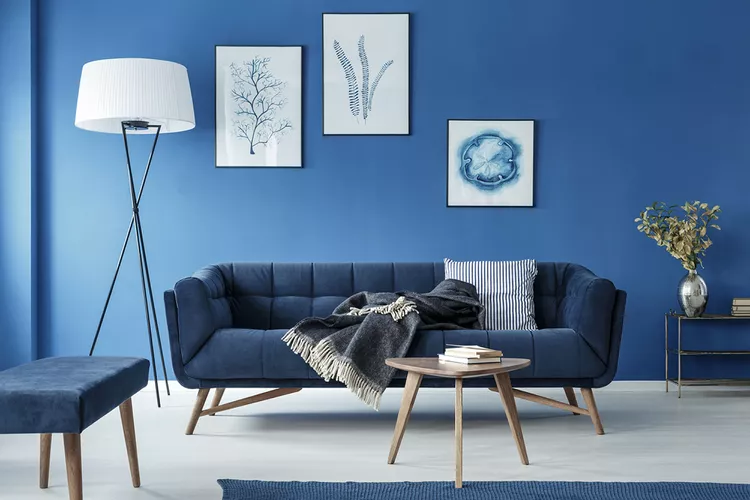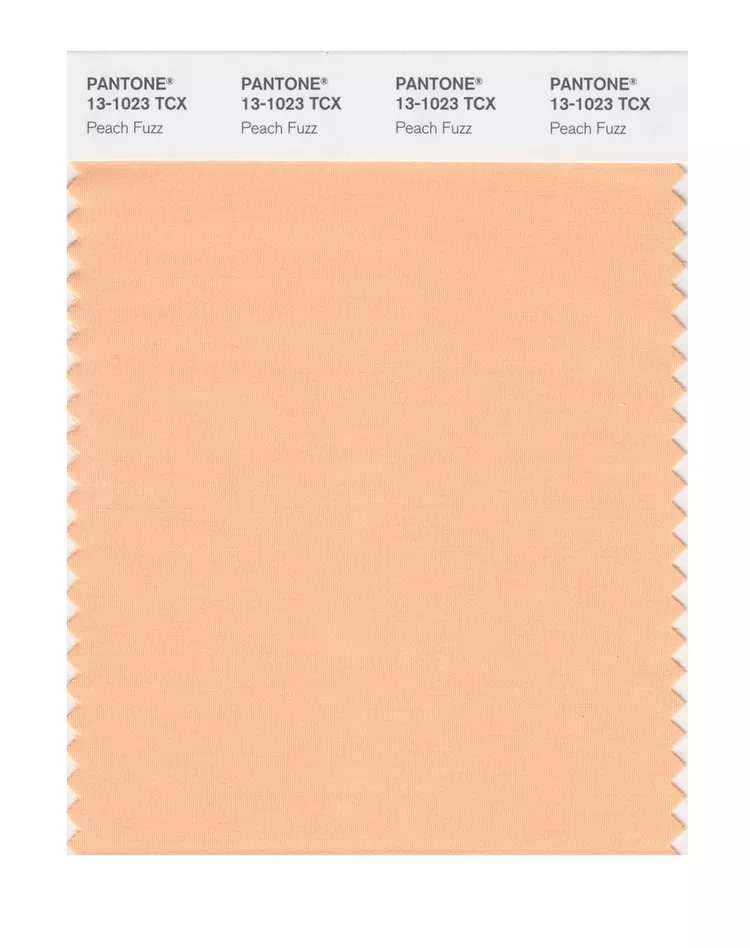These eco-friendly bathroom upgrades cut energy costs and help attract today’s sustainability-minded buyers.
It may come as no surprise that American households use most of their water in the bathroom. Approximately 24% of a household’s water use can be traced to the toilet alone(link is external), and another 20% goes down the shower drain. But water isn’t the only resource used in the bathroom. There’s electricity from lighting and temperature control, too.
Today’s homeowners are increasingly interested in sustainability—reducing their use of resources and making their living spaces more friendly to people and the planet. If you or a client want to go green, a resource-guzzling bathroom is the perfect place to start making changes.
Why Focus on Sustainability in the Bathroom?
“With all the advancements in energy saving technology, the bathroom is the easiest place in the home to accomplish a sustainable environment and, in many cases, the most economical,” says Sheryl McLean, president and creative director(link is external) of McLean and Tircuit, a design firm in Laurel, Md.
Selling homeowners on the benefits of sustainable bathroom design doesn’t have to be complicated. Green bathrooms offer a lot of value:
They reduce water and energy costs.
They attract more of today’s sustainability-minded buyers.
They are healthier for homeowners.
Whether you’re tackling your own home renovation or advising clients on theirs, sustainable bathrooms ultimately offer a lot of bang for one’s buck.
5 Sustainable Bathroom Features
Smart Showerheads and Faucets
Switching to low-flow showerheads and faucets is perhaps the easiest, quickest, and most cost-effective bathroom upgrade. The energy savings are immediate.
“Not only does this conserve water, but it is also conserving gas and electricity. Running hot water uses gas and electricity, and by lowering the flow rates you are using, [you] will conserve energy with gas and electricity,” says Brooke Moore, an interior designer with Freemodel(link is external), headquartered in Burlingame, Calif.
If you’re unsure how to spot a genuinely sustainable fixture, McLean has a tip: Look for faucets and showerheads with a WaterSense(link is external) label. These products meet the U.S. Environmental Protection Agency criteria for water efficiency.
Radiant Heated Floors
Want to slash energy costs in the bathroom? Install radiant heated flooring, says Moore.
Ripping up the bathroom floors to install radiant heating is a major project, but it’s also a great choice for clients already tackling a bathroom renovation. Radiant heat is always more efficient than baseboard heating and usually more efficient than forced-air heating, according to the Department of Energy(link is external). The cherry on top? Radiant heating is excellent for buyers with allergies. It’s easy to clean and does not stir up allergens like forced-air heating.
Lighting Upgrades
Most people get ready for their day in the bathroom. A mix of whole-room and task lighting is key. There are three easy ways to boost the eco-friendliness of bathroom lighting:
Go LED. “Replace your lighting with LED bulbs or fixtures,” says McLean. “They use less electricity and last much longer.”
Install vacancy sensors. “Vacancy sensors turn lights on by sensing movement in the bathroom and will turn off automatically when no more movement is sensed,” explains Moore. “You don’t have to worry about forgetting to turn off the bathroom light anymore!”
Use natural light. Natural light sources should be considered whenever a home is being built from the ground up or completely renovated. Clerestory windows—rows above eye level—are a great option for large bathrooms because they invite plenty of sunlight without compromising privacy.
Low-VOC Paints and Finishes
Eco-friendly home design often focuses on reducing energy and water waste. But air quality matters, too. McLean recommends choosing low–volatile organic compound paints and finishes to reduce environmental and indoor air pollution.
“One of my favorites is the Benjamin Moore [line of] low-VOC paints,” she says. Glidden Premium is also recommended for bathrooms(link is external), as this no-VOC paint is suitable for high-humidity spaces.
Sustainable Bathroom Countertops
Not all countertops are created equally, so it’s important to pay attention to the material, manufacturing and transportation required to deliver them to a homeowner’s door. In general, it’s a good idea to opt for natural materials that are sourced as locally as possible.
Sustainable countertop materials may include:
Natural stone
Concrete
Recycled glass
But remember, the goal is to use a truly sustainable material, not a material that merely looks sustainable. “This is the trickiest because many stones appear to be natural but may be a composite made with lots of adhesives,” warns McLean.
Greener Flooring
These days, homeowners searching for sustainable bathroom flooring have many options. It’s important to consider:
The sustainability of the material
The sustainability practices of the company or brand
The ability to clean the floors with eco-friendly products
So, beyond a natural material, homeowners should look for durable, water-resistant flooring. McLean suggests concrete, cork, or bamboo tiles for green bathroom flooring.
For the original article visit Realtor Magazine.












